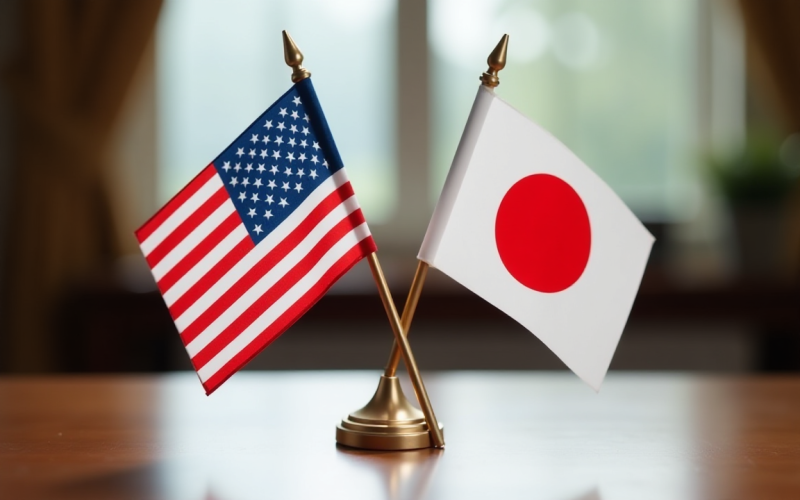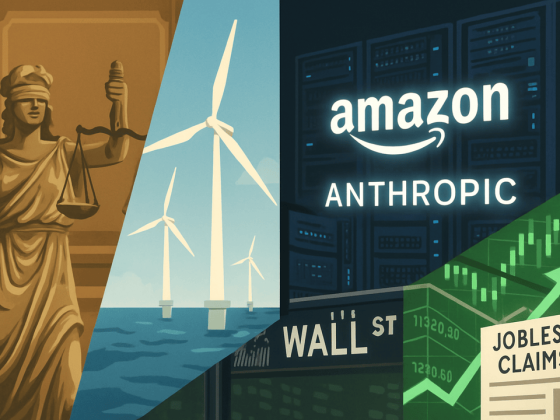The ink is finally dry.
After weeks of tense haggling that had cast a shadow over the global trade landscape, President Donald Trump signed an executive order on Thursday, formalizing a landmark trade agreement with Japan that provides crucial tariff relief for the nation’s powerhouse auto sector.
But even as the deal was sealed with a signing ceremony in Washington, a profound and critical mystery remains at its heart: the true nature of a colossal $550 billion investment fund.
The signing marks a major breakthrough, ending a period of deep uncertainty that began when the two nations first reached an agreement in July.
Japan’s top trade negotiator, Ryosei Akazawa, was present in Washington for the final talks and the formal signing, a clear signal of the deal’s significance.
A jolt of relief for a battered auto sector
The immediate impact of the deal was a powerful jolt of relief for Japan’s auto industry, which had been battered by the threat of punishing tariffs.
The executive order prevents the “stacking” of multiple duties and confirms a maximum 15 percent tariff on most Japanese products, including a crucial reduction on automobiles and parts from a crippling 27.5 percent.
The market reaction in Tokyo was immediate and explosive.
Shares of automakers with heavy exposure to North America soared, with Mazda Motor Corp. and Nissan Motor Corp. jumping over 5 percent, while the giant Toyota Motor Corp. climbed as much as 3.5 percent.
The deal also provides relief for other key sectors, with the US agreeing to lift certain tariffs on aircraft, aircraft parts, and pharmaceuticals.
The great divide: two versions of a single pact
But as US Commerce Secretary Howard Lutnick and Japan’s Akazawa signed memorandums of understanding to solidify the agreement, the glaring ambiguity at the deal’s core came into sharp focus.
Officials offered no new details on the $550 billion investment fund, the central pillar of the pact that has been shrouded in questions from the very beginning.
The two nations continue to describe the mechanism in starkly different terms, a chasm that was on full display at the signing ceremony.
“This is historic in that Japan has committed $550 billion to the president of the United States for him to invest in the infrastructure of the national and economic security of the United States,” Lutnick declared, framing the fund as a direct tool of the US administration.
This interpretation echoes President Trump’s own past characterization of the fund as money that his administration could “invest as we like,” with 90 percent of the profits being given to the US.
But Japan has a fundamentally different view. Akazawa, speaking in Washington, repeated his government’s long-held stance that the fund is a mechanism to provide investments, loans, and loan guarantees to back up the projects of Japanese firms in the US.
“Nothing about the July 22 agreement has changed at all,” Akazawa insisted. “In short, we will provide investments, loans and loan guarantees for up to $550 billion. That remains the same.”
The deal may be signed, but the two sides appear to have agreed to two very different things. The battle over tariffs may be over, but the battle over the $550 billion question has just begun.
The post $550B mystery: Trump signs order for 15% Japan tariff as auto stocks soar appeared first on Invezz


